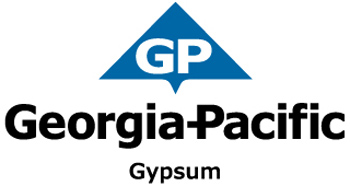The Evolution of Water-Resistive and Air Barriers in Commercial Building Envelope Construction
This course is no longer active. AEC Daily will not report completion information for this course.
Designing an efficient building envelope includes the complex task of locating all the necessary control layers in relation to each other. In some situations combining a number of these layers simplifies the task. This course explores combined water-resistive barrier (WRB) and air barrier (AB) sheathing systems, their functions, relevant codes and standards, types available, and how they compare to traditional water and air barrier systems.
Upon completion of this course, the Learner should be able to:
- Recognize the function of, and code requirements for, water-resistive barriers and air barriers in a building envelope/enclosure.
- Summarize the advantages and/or disadvantages of various WRB-AB systems available.
- Discern the differences between integrated WRB-AB sheathing systems versus traditional WRB-AB systems.
- Identify the dissimilarities between two methods of WRB-AB sheathing systems available in the marketplace today.
- Design for labor, material, and installation time savings in future building envelope projects.
Approximately 1 hour. Delivered online, at your own pace.
Presented by Barry Reid on behalf of Georgia-Pacific Gypsum . View the Privacy Policy .
Presenter Information

Name: Barry Reid
Title: G-P Gypsum, Georgia-Pacific Gypsum LLC
Background: Barry Reid, LEED® AP BD C, has over 25 years-experience in gypsum products. He is currently Building Envelope Technical Manager for Georgia-Pacific Gypsum LLC where he serves as Subject Matter Expert on green building and building envelope topics including building codes, standards, and green building programs. He works within product development and product management teams integrating building science principles into Georgia-Pacific Building Products and Processes. Current building activities include; Chair of ASTM E 60.01 Sustainability; Buildings and Construction Subcommittee, Committee Chair of American Wood Council’s Green Building Codes, Standards, and Programs Subcommittee, member of AWC Codes and Standards Committee, APA Coalition for Fair Energy Codes, and is past chair and current member of the Gypsum Association’s External Issues Committee.
